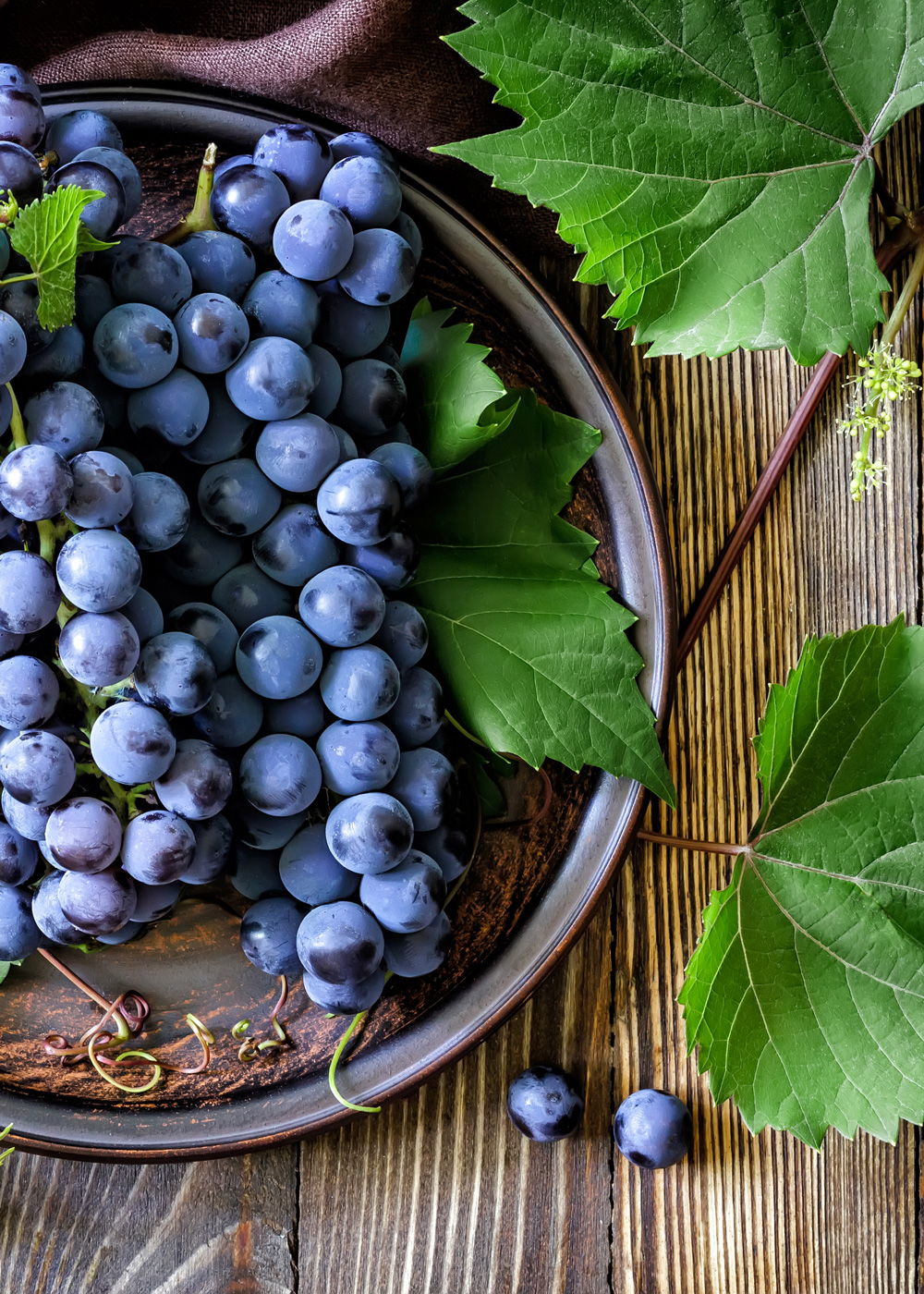European wines can be tricky when it comes to knowing what exactly is in the bottle. Is Chianti a grape, a place, or both? What’s the difference between Pouilly-Fumé, Fumé Blanc, and Pouilly-Fuissé? In this post, we’ll give you some answers so you can know what’s in the bottle before you drink it.

Sauvignon Blanc
Sauvignon Blanc is the third-most planted grape in France, and has become popular around the world. Below are some wines made with Sauvignon Blanc that usually won’t say so on the label.

- Pouilly-Fumé: a region in the Loire Valley of France. It’s always 100% Sauvignon Blanc.
- Sancerre: another area in the Loire Valley, where the only white grape used is Sauvignon Blanc. They also make reds and rosés from Pinot Noir in Sancerre.
- Fumé Blanc: a term for Sauvignon Blanc used in California. It was created by Robert Mondavi in the 1970s.
- Bordeaux Blanc: the white wines of Bordeaux are made from a blend of grapes, with Sauvignon Blanc being one of the most prominent. Other grapes for white Bordeaux include Muscadelle and Sémillon.
Chardonnay
Chardonnay is one of the most widely planted wine grapes in the world, but is considered to be most at home in Burgundy, France. With few exceptions, a white wine from Burgundy can be expected to be 100% Chardonnay.

- Chablis: a cool-climate village in the far North of Burgundy that produces light, dry Chardonnay with a distinctive mineral character.
- Pouilly-Fuissé: one of the most popular sources for Chardonnay in Burgundy, because it represents good quality at an affordable price.
- Saint-Véran: an area close to Pouilly-Fuissé which is also known for good prices and quality.
- Meursault: one of the more expensive and acclaimed sources for Chardonnay in the world.
- Montrachet: another famous, delicious, and pricey Burgundian Chardonnay.
- Blanc de Blancs: a term for Champagne made from Chardonnay grapes.
Sangiovese
One of the most popular grapes in Italy, Sangiovese is grown all over the country and can be sold simply as “Sangiovese.” Many other wines are made from Sangiovese, without noting the fact on the label.

- Brunello di Montalcino: one of the most famous and expensive wines in the world, Brunello is made exclusively from Sangiovese.
- Chianti: made from a blend of red grapes that can change from producer to producer, but all of the blends are primarily composed of Sangiovese.
- Vino Nobile di Montepulciano: “Noble wine of Montepulciano” is 100% Sangiovese. Confusingly, there is also a grape in Italy called “Montepulciano,” which is not allowed to be grown in the town of Montepulciano, where they grow Sangiovese. (Italian wine is complicated).
Tempranillo
Tempranillo grows all over the Iberian Peninsula, and is known by a host of synonyms. Below are some wines which are made with Tempranillo, but seldom labeled as such.

- Toro: a town in northern Spain where Tempranillo is used to make powerful, full-bodied, tannic wines. The local name for Tempranillo is “Tinto di Toro,” and it must make up at least 75% of red wines. The other authorized grape is Garnacha.
- Ribera del Duero: a region close to Toro, where Tempranillo is called “Tinta del País.” As in Toro, Tempranillo must be at least 75% of any blend.
- Rioja: The most famous wine region in Spain, Rioja is made from blends that are often based on Tempranillo, with Garnacha and Graciano being two other prominent grapes.
Grenache
An underappreciated grape, Grenache is often consumed by people who never realize what they have in their glass. Wines from the Rhône Valley in particular are very popular, but Grenache rarely gets its due for the central role it plays in Rhône blends.

- Cannonau: the local name for Grenache on the Italian island of Sardinia.
- Côtes du Rhône: the wines in the southern Rhône are usually blends featuring Grenache, with Syrah, Mourvèdre, Carignan, and Cinsault.
- Châteauneuf-du-Pape: the most highly regarded and expensive wine in the southern Rhône Valley, normally Grenache-based.
- Priorat: a region in eastern Spain that features some excellent, very dense, fruity Garnacha (the Spanish term for Grenache). They can use many grapes to make wine, but Garnacha is their specialty.
- Navarra: a region in north east Spain with wines made from blends that are usually based on Garnacha, with Tempranillo and Graciano also in the mix. This trio of grapes leads Navarra to be compared with its neighbor, Rioja.



